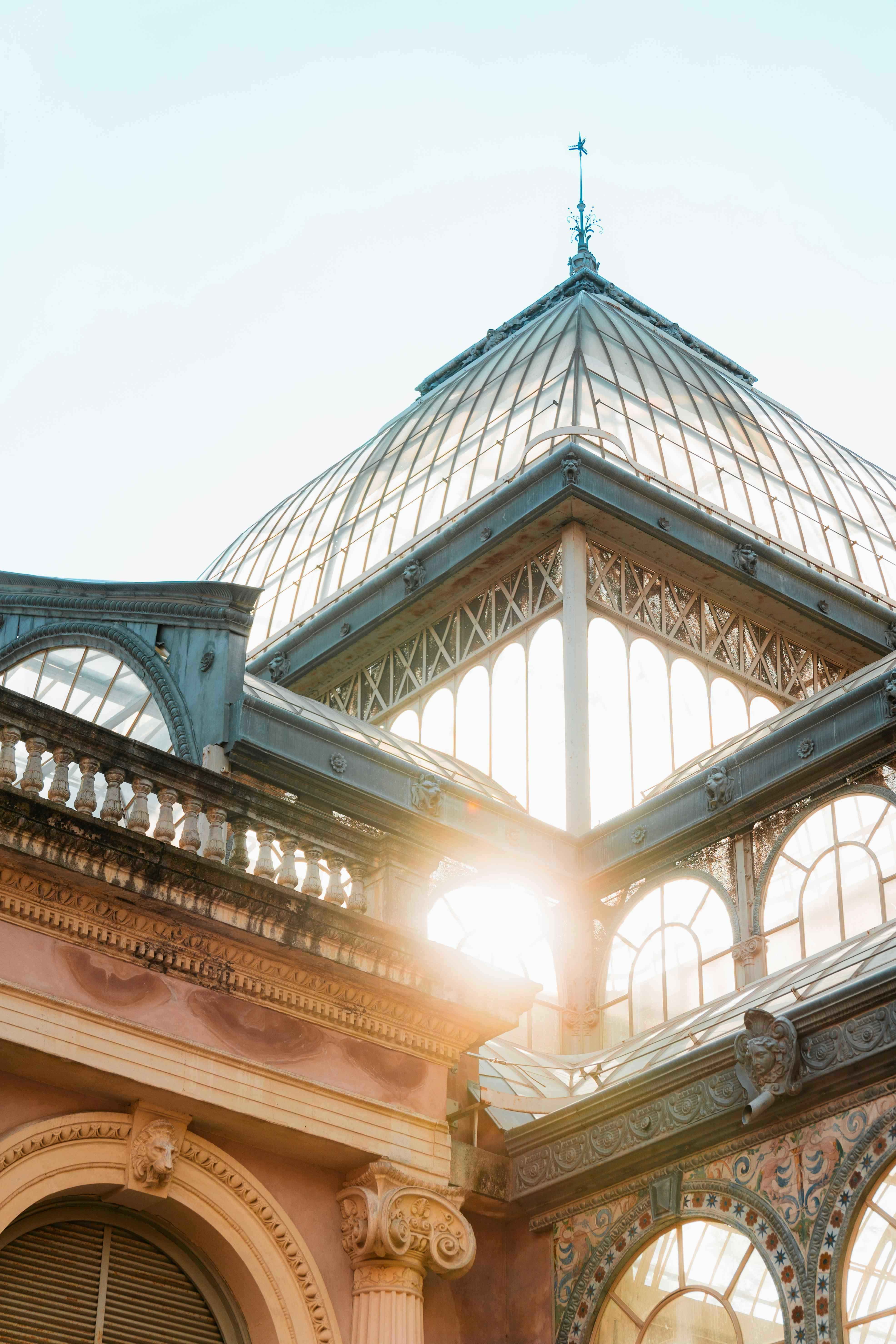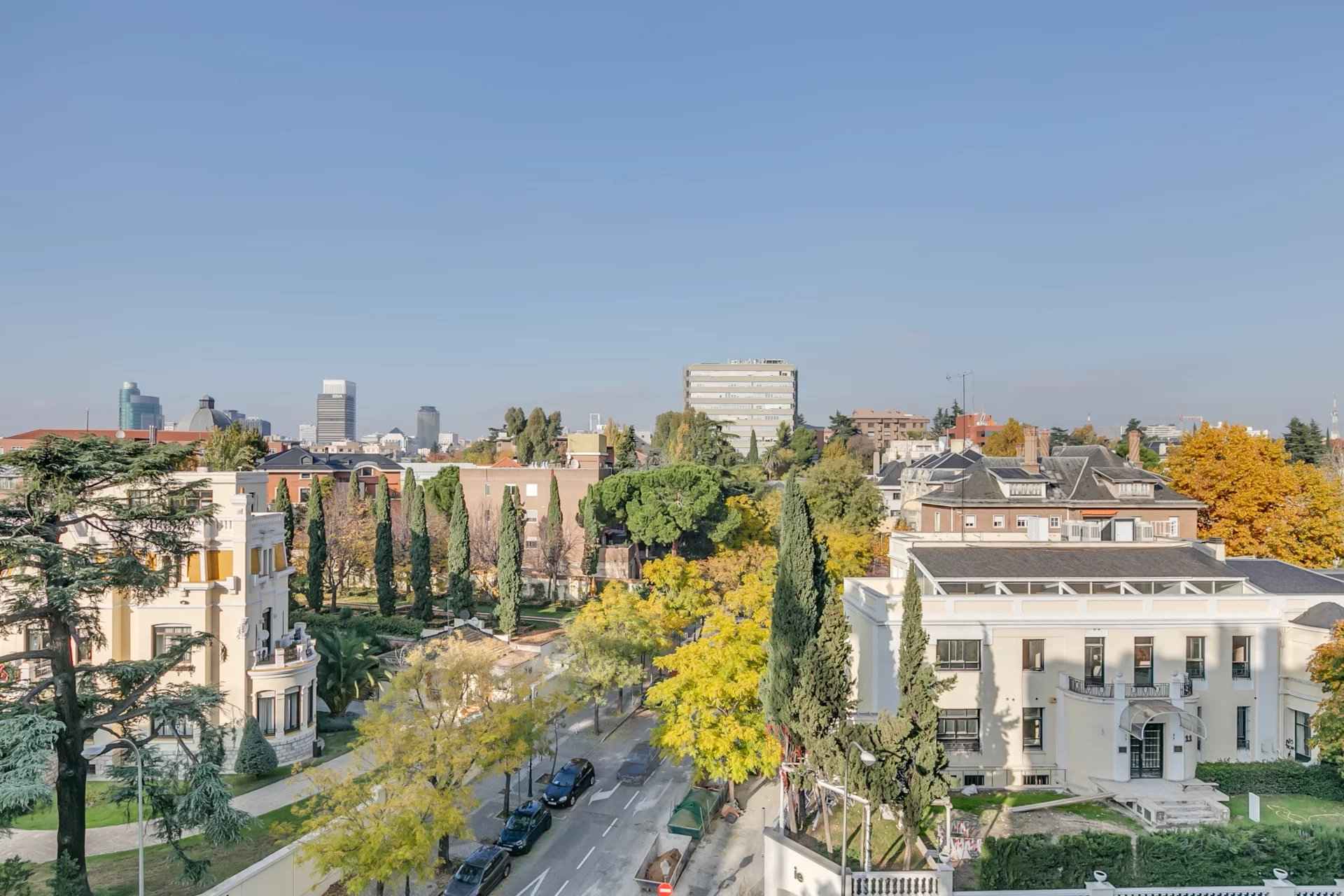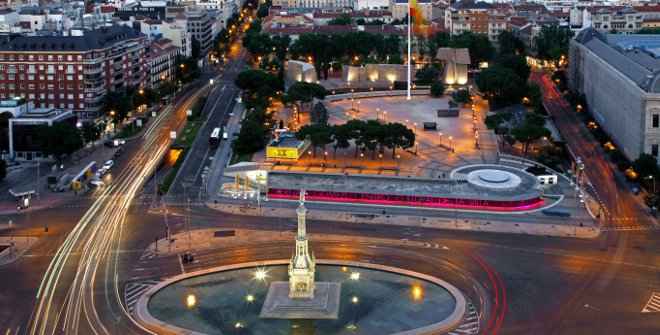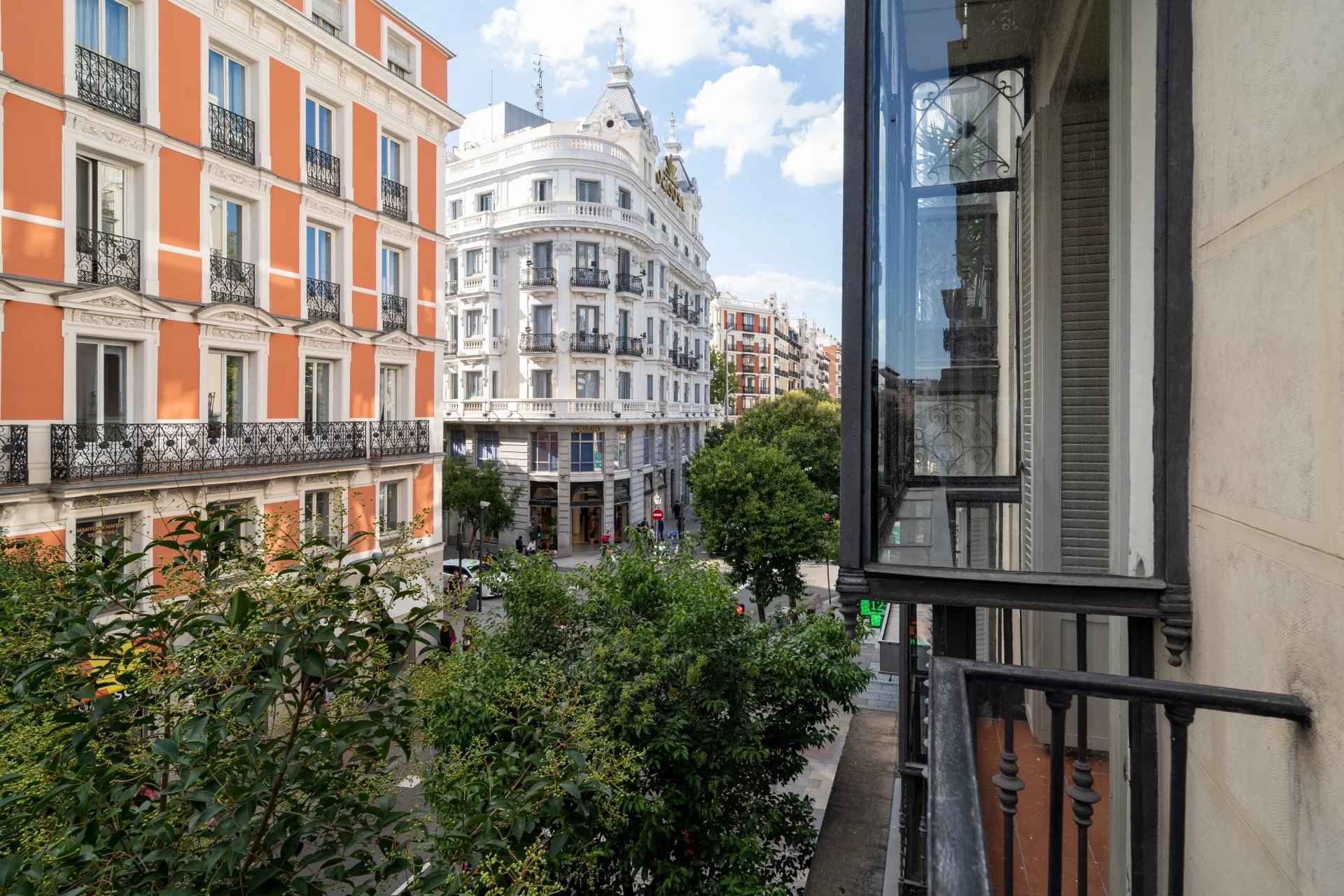Lifestyle
2025-10-14
The Prado–Retiro Axis: Madrid’s Enlightened Elegance
Lined with gardens, museums and grand boulevards, the Prado–Retiro axis is the cultured heart of Madrid. A walk through this district is a journey through art, history and the refined spirit of the Enlightenment.
.jpg)
There are few places in the world where art, history and architecture coexist so harmoniously. The Prado–Retiro axis, born from the Bourbon reformist vision of the 18th century, embodies the Enlightenment ideal: order, reason and beauty.
Under the reign of Charles III, Madrid reinvented itself as a modern European capital. The Paseo del Prado, one of the first urban boulevards in Europe, was conceived as a “walk of sciences and arts.” At its heart stands the Prado Museum, designed in 1785 by Juan de Villanueva. Originally intended as a natural science cabinet, it became one of the world’s most celebrated art museums, home to masterpieces by Velázquez, Goya, Rubens and El Bosco.
Nearby rises the Church of San Jerónimo el Real, a gem of Isabelline Gothic architecture, long linked to royal ceremonies and Spanish history.
Inside the Retiro Park, the Crystal Palace, built in 1887 by Ricardo Velázquez Bosco, stands as a marvel of iron and glass. Inspired by London’s Crystal Palace, its shimmering light and structure expressed the optimism of a new era.
Facing the park, the Mandarin Oriental Ritz Hotel, opened in 1910, introduced the concept of luxury hospitality to Madrid — a symbol of cosmopolitan refinement that endures to this day.
The Prado–Retiro axis remains the soul of Madrid’s Enlightenment: elegant, artistic and eternal.
At BARNES Madrid, experts in luxury properties along the Prado–Retiro axis, we celebrate this unique blend of heritage and lifestyle. To live here is to embrace the harmony of art, history and sophistication every day.
Under the reign of Charles III, Madrid reinvented itself as a modern European capital. The Paseo del Prado, one of the first urban boulevards in Europe, was conceived as a “walk of sciences and arts.” At its heart stands the Prado Museum, designed in 1785 by Juan de Villanueva. Originally intended as a natural science cabinet, it became one of the world’s most celebrated art museums, home to masterpieces by Velázquez, Goya, Rubens and El Bosco.
Nearby rises the Church of San Jerónimo el Real, a gem of Isabelline Gothic architecture, long linked to royal ceremonies and Spanish history.
Inside the Retiro Park, the Crystal Palace, built in 1887 by Ricardo Velázquez Bosco, stands as a marvel of iron and glass. Inspired by London’s Crystal Palace, its shimmering light and structure expressed the optimism of a new era.
Facing the park, the Mandarin Oriental Ritz Hotel, opened in 1910, introduced the concept of luxury hospitality to Madrid — a symbol of cosmopolitan refinement that endures to this day.
The Prado–Retiro axis remains the soul of Madrid’s Enlightenment: elegant, artistic and eternal.
At BARNES Madrid, experts in luxury properties along the Prado–Retiro axis, we celebrate this unique blend of heritage and lifestyle. To live here is to embrace the harmony of art, history and sophistication every day.


